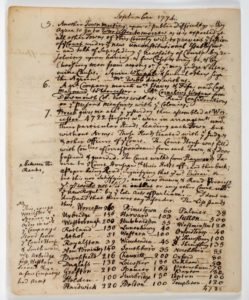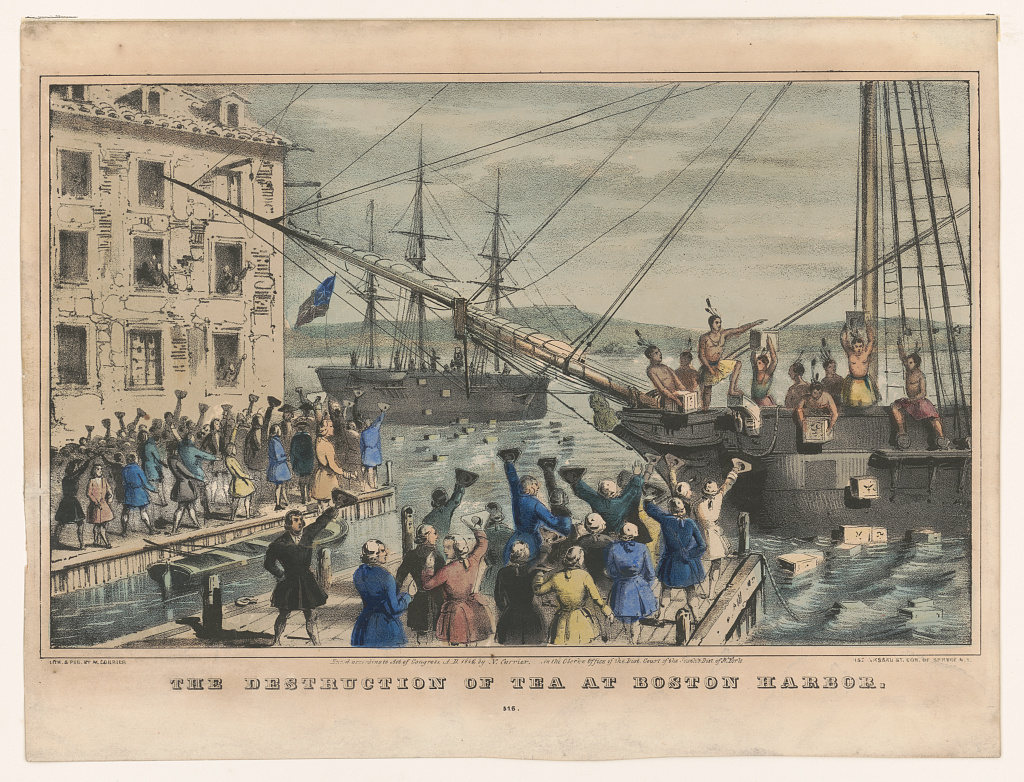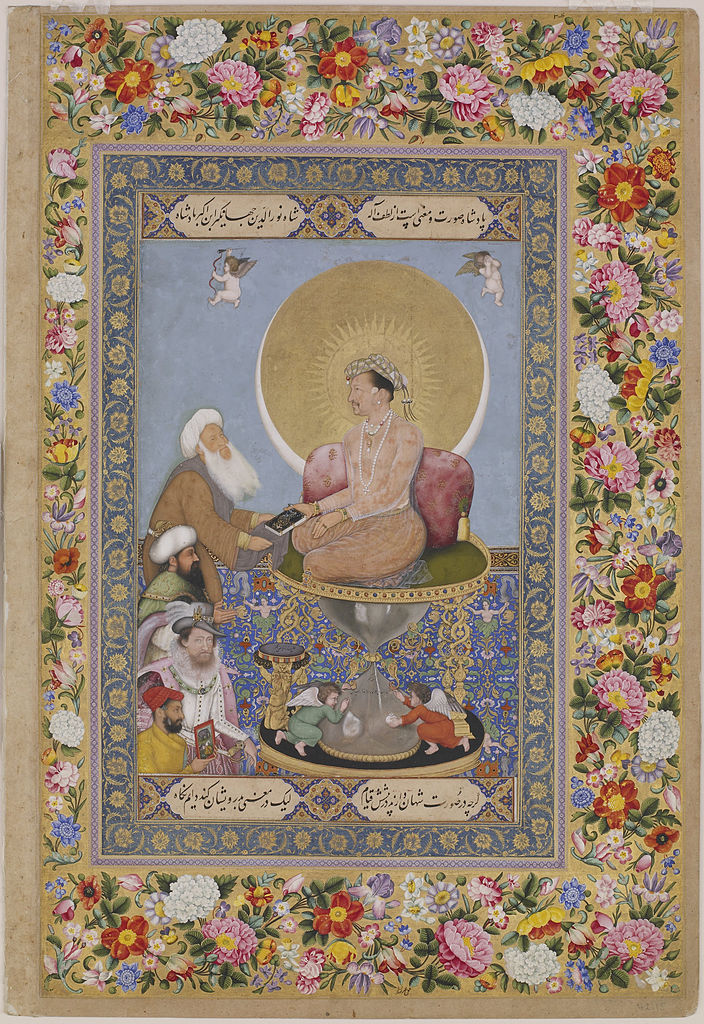Note: The following is the tenth in a series of eleven weekly posts that present my attempt to answer the question, “How does history connect Westborough and India?” See the Introduction for an overview of the series and to start reading it from the beginning.
–Anthony Vaver, Local History Librarian, Westborough Public Library
Cotton
The leading cotton manufacturers from the beginning of history up until the early nineteenth century were from India, and the quality of their cotton fabrics was known throughout the world. Weavers in Bengal produced fine muslins, the southeastern coast of India was known for its chintzes and calicoes, and Surat in the western coast of India made strong but inexpensive fabrics. India was also at the forefront of innovation in cotton production. Indians invented the roller gin to remove seeds from raw cotton, the bow to clean and disentangle ginned cotton, the spinning wheel to produce thread, and a variety of looms, including the treadle loom, which allowed weavers to use their feet and free up their hands to move the horizontal weft across the vertical warp threads more economically. India’s skill in cloth production and its central location in global trade routes meant that it had the greatest impact in spreading cotton throughout the world and into Europe, where people mainly dressed in fur, wool, and linen before cotton came to its shores.
Europeans began the process of inserting themselves into the global cotton trade as soon as they landed by ship in India in the seventeenth century. With control of India, the British eventually wove a complex web of trade in cotton textiles across four continents: Indian weavers produced cloth that was used to pay for slaves in Africa; the slaves worked on plantations in the Americas to produce cotton that was used to make yarn in England; and that yarn was then shipped to India to be woven into cloth.
Before this trade loop was put in place, England first had to find vast quantities of raw cotton to keep its efficient industrial factories running full time. The American South ultimately fulfilled this need with its ideal climate for cultivating cotton, but the strand of cotton that grew best in the South was “upland cotton.” This strand had a shorter staple length than Indian cotton and the fibers tightly attached to the seeds so that Indian methods for removing the seeds were ineffective. But when Westborough native Eli Whitney invented a new kind of cotton gin in 1793, the machine led to a phenomenal increase in cotton production in the United States, rapidly expanded cotton land use, supplied British textile mills with practically unlimited supplies of raw cotton, and spread slavery across the South.

(Wikimedia Commons, https://commons.wikimedia.org/wiki/File:Indian_woman_gining_cotton.jpg)
Here, an Indian woman turns rollers to separate seeds from the fibers in Indian cotton.

by Samuel Morse
(Yale University Art Gallery, https://artgallery.yale.edu/collections/objects/31)

(National Archives and Records Administration Records of the Patent and Trademark Office Record Group 241, Identifier: 305886, https://www.archives.gov/education/lessons/cotton-gin-patent)
After Westborough’s Eli Whitney patented an invention for a cotton gin that worked on the particular cotton strain grown in North America, cotton production soared and spread slavery throughout the South.
* * *
Read the next post in the series: Separation.
Westborough-India Series Bibliography
Beckert, Sven. Empire of Cotton: A Global History. New York: Vintage Books, 2014.
Bunker, Nick. An Empire on the Edge. New York: Vintage Books, 2014.
Collingham, Lizzie. Taste of Empire: How Britain’s Quest for Food Shaped the Modern World. New York: Basic Books, 2017.
Darwin, John. Unfinished Empire: The Global Expansion of Britain. New York: Bloomsbury Press, 2012.
Eacott, Jonathan. Selling Empire: India in the Making of Britain and America, 1600-1830. Chapel Hill, NC: U of North Carolina P, 2016.
Frankopan, Peter. Silk Roads: A New History of the World. New York: Vintage Books, 2015.
Freeman, Joshua B. Behemoth: A History of the Factory and the Making of the Modern World. New York: W. W. Norton & Company, 2018.
Schama, Simon. Civilizations. PBS television series, 2018. http://www.pbs.org/civilizations/home/.
Vaver, Anthony. The Rebellion Begins: Westborough and the Start of the American Revolution. Westborough, MA: Pickpocket Publishing, 2017.
Wilson, Jon. The Chaos of Empire: The British Raj and the Conquest of India. New York: Public Affairs, 2016.















